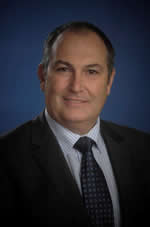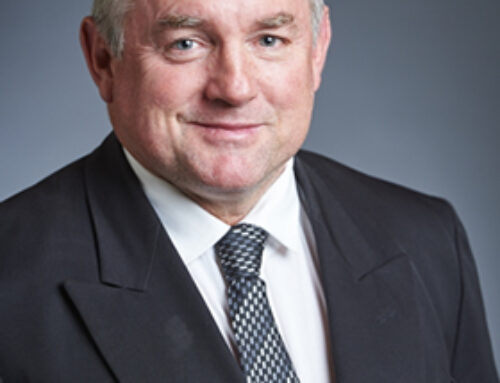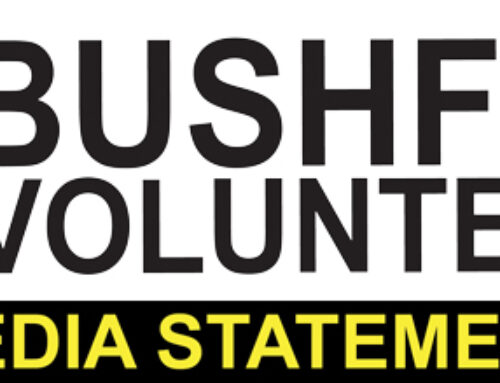The following statement was made in Parliament today by the Hon Rick Mazza MLC
PRESCRIBED BURNING
HON RICK MAZZA (Agricultural) [5.31 pm]: It is not often that I get up to make a member’s statement, but I feel duty-bound and compelled tonight to bring forward what I see as a very important matter. As many of us know, we are entering the fire season and it will not be too long until there is a lot of dry vegetation out there. Our volunteer and professional bush fire brigades will have a big job on their hands keeping the community safe.
Over the years, we have had a number of big fires in this state. Looking back to 2003, there was the Tenterden fire, in which two people were killed and 20 000 hectares burnt. In 2007, a fire in Boorabbin National Park killed three truck drivers. In 2009, a fire in Toodyay destroyed 38 dwellings and burnt 2 900 hectares. In 2011, a fire in Margaret River destroyed the historic Wallcliffe House and burnt 4 000 hectares. Again in 2011—it was obviously a bad year—a fire in Roleystone and Kelmscott destroyed 72 homes and closed Buckingham Bridge on the Brookton Highway. In 2011– 12, a fire in Carnarvon burnt 800 000 hectares of pastoral grazing land. There were fires in Parkerville and Lower Hotham. In 2015, a fire in Esperance killed four people, burnt 120 000 hectares and caused the loss of 15 000 head of stock. In 2016, we had the big one here in the south west in Waroona, which killed two people, destroyed 181 homes and burnt 69 000 hectares. We saw the devastation on the east coast last year in New South Wales and Victoria. Many homes were destroyed, lives were lost and to this day people are still struggling to recover from that.
Prescribed burning has been a management tool. It has been seen as a way to try to protect not only property and lives, but also the environment. Reducing fuel loads provides a degree of management that fire brigades and the department can handle. After a fire in 1961, a royal commission recommended that between 250 000 and 300 000 hectares of forest be prescribed burnt each year, but that dropped off over the years. A number of inquiries have been conducted. In 2011, there was an inquiry into the Perth hills bushfire. Later on, there was a special inquiry into the fire at Margaret River. There was a post-incident analysis of the Nannup bushfires. In 2014, there was an inquiry into the Parkerville fires, and in 2015 there was an inquiry into the fires in Lower Hotham and O’Sullivan. In 2011, Mr Keelty said in his report that he was concerned that the prescribed burning that was being carried out was only about one-third of what it was 50 years ago.
Of course, in probably the last 20 or 30 years, we have had increasing numbers of wildfires, mainly due to a reduction in prescribed burning. The recent Ferguson report recommended 60 000 hectares around buildings and 140 000 hectares of forest to try to protect the community and to reduce fuel loads. It has been well documented that prescribed burning plays a big part in making sure that we are able to control fires. I have spoken to a number of volunteer firefighters and the people in the Department of Biodiversity, Conservation and Attractions who conduct the burning, and they have explained to me that they have had wildfires with a big fire front and crowning fires hit an area, or a forest block, that has been prescribed burned in recent years, and the fire is suppressed, and they can handle it. That is the benefit of prescribed burning.
I was very concerned a few weeks ago when Hon Diane Evers tabled a petition in this place with the premise of reducing prescribed burning. The petition calls for a review of prescribed burning practices in Western Australia and is signed by 213 people. The petition goes on to say —
- Removing the prescribed burning area target for the Forest Management Plan area of the South West and investigate alternative approaches that cause less detriment to our environment.
- Increasing support for research and monitoring … and recovery time of prescribed burning …
- Encouraging research into cost efficiency and effectiveness … comparing it to selective, risk assessed, strategic mitigation activities close to infrastructure and implement recommendations.
- Supporting research and implementation of fire management technologies, particularly early detection and fast suppression …
- Ending broad scale prescribed burning in the Conservation Estate …
The petition proposes that we end broadscale prescribed burning in the conservation estate. It worries me that the petition refers to more research. It makes me wonder who wants the research grants to undertake this research. I would think that the Department of Biodiversity, Conservation and Attractions has decades and decades of experience, and undertakes its own environmental science on prescribed burning and managing forests.
Over the years, I have had been in regular contact with the groups Firefront and Fire for Life in Manjimup. Those groups consist mainly of experienced retired foresters who have taken a big interest in making sure that we undertake prescribed burning as a way to manage forests. I think there is more than enough research and experience that shows we need prescribed burning for the health of our forests. It is of great concern to me that we have a petition of this nature and Hon Diane Evers’ statement last night about looking at alternatives to prescribed burning. The premise that we reduce prescribed burning worries me, and it is irresponsible. It is unsubstantiated that any method other than prescribed burning and reducing fuel loads that is safe way to manage wildfires. Coming into the fire season, I think it is reckless and thoughtless. A lot of people have been affected by fire and our environment is affected by fire. The department undertakes cool prescribed burns through the forest floor. It mosaic burns to make sure that wildlife can escape, and the bush will regenerate quite quickly. When an intense wildfire roars through a forest, it devastates everything. Anyone who has seen the aftermath of a wildfire knows the devastation is just unbelievable; there is nothing left. The ground is white, the trees are black to the top and I am sure many, many thousands of plants are destroyed forever. In fact, it was estimated that some of the karri trees burnt in the Northcliffe fires will never recover. Tens of thousands of trees were lost in that wildfire. Had those areas been prescribed burned earlier, maybe they could have been saved?
Hon Diane Evers talked about prescribed burns every two years. I do not know any prescribed burning programs that run every two years. Generally, the rotation program for prescribed burning is somewhere around seven to 10 years. I do not know where that came from; I do not think any burning program requires every two years. But certainly, to burn on a regular basis with cool burns controlled by the department makes an enormous difference. I encourage the minister to continue the fine work that the department has been doing in undertaking prescribed burning on about 200 000 hectares of land each year. The department itself undertakes a very good job of those programs. Sometimes it has challenging times depending on weather patterns and those sorts of things, but throughout autumn we will see smoke in the hills, and sometimes people complain about the south-western smoke in the city, but it is for a very good purpose. I live in an extremely fire-prone area and all my neighbours and me at this point are putting in firebreaks and making sure that we are reducing fuel loads to try to keep the community in that district safe. I must admit that we look at that smoke with some comfort, knowing that the department is doing its job—a very fine job. I commend the minister in continuing that. I hope Hon Diane Evers pauses to think about how important it is that we have this level of prescribed burning and not embark on a journey of trying to reduce prescribed burning within the state. I think it is fraught with recklessness and is certainly inconsiderate of the community and the state.






